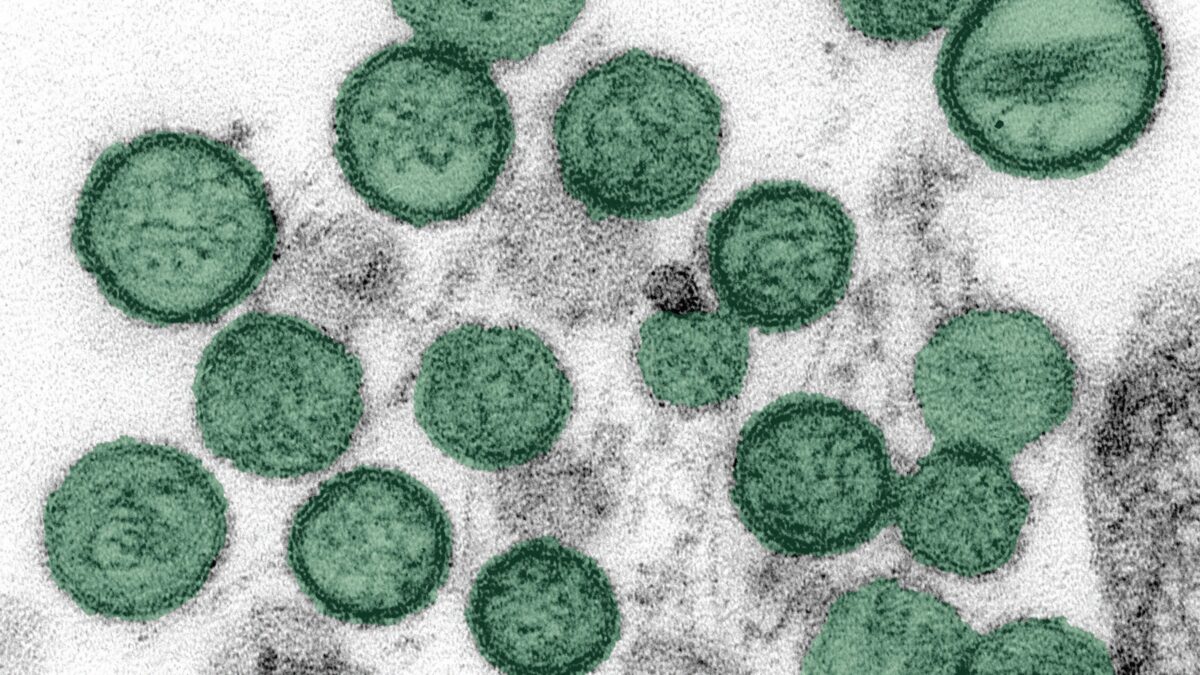Rare virus confirmed in Maine for first time since 2011

By Adam Bartow
Click here for updates on this story
POLAND SPRING, Maine (WMTW) — A person from Maine has tested positive for hantavirus pulmonary syndrome (HPS). This is the first case of HPS reported in Maine since 2011 and only the second documented case of HPS in a Maine resident since U.S. CDC surveillance began in 1993.
The Maine CDC says the adult patient was hospitalized with a multi-week syndrome of fevers, headache, myalgias, malaise, rash, abdominal pain, shortness of breath, anemia, thrombocytopenia, pericardial effusion, pulmonary edema, and pulmonary emboli.
The CDC says the person needed supplemental oxygen but recovered and was allowed to go home.
Health officials say the person has been exposed to a rodent infestation on their property but had no recent travel out of state.
The CDC did not say how old the person is or even what county they live in.
Hantaviruses are a family of viruses that can cause serious illness or death in people. HPS was first identified in the United States in 1993 following an outbreak of severe pulmonary illness among people in the Four Corners region of the southwestern U.S.
Hantavirus is spread by certain species of infected rodents through urine, droppings, or saliva. Humans become infected after breathing fresh aerosolized urine, droppings, saliva, or nesting materials contaminated with hantavirus, or when these materials are directly introduced into broken skin, the nose or the mouth after touching contaminated objects or eating contaminated foods. If an infected rodent bites someone, the virus may spread to that person, but health officials say this is rare.
HPS in the United States is not transmitted from person to person. Rodent infestations in and around the home are the primary risk for hantavirus exposure.
Symptoms of HPS begin one to eight weeks after exposure. Early symptoms include fatigue, fever, chills, headache, dizziness, nausea, vomiting, diarrhea, abdominal pain and myalgia, especially in large muscle groups – thighs, hips, back and shoulders.
Late symptoms appear four to 10 days after the initial phase and may include coughing, shortness of breath, and tightness in the chest as the lungs fill with fluid. The illness can progress rapidly to severe respiratory failure and shock. About 40% of people who develop respiratory symptoms die.
Please note: This content carries a strict local market embargo. If you share the same market as the contributor of this article, you may not use it on any platform.